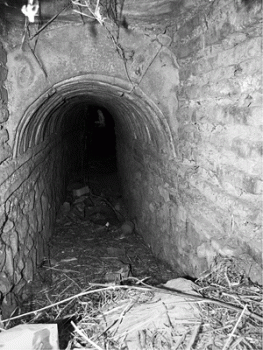American Journal of Archaeology | The Journal of the Archaeological Institute of America
You are here
Parthian Influence on Vaulting in Roman Greece? An Inquiry into Technological Exchange Under Hadrian
July 2010 (114.3)
Parthian Influence on Vaulting in Roman Greece? An Inquiry into Technological Exchange Under Hadrian
The earliest known Roman examples of “pitched-brick” vaulting appear in hydraulic systems in the first half of the second century C.E. at Athens, Eleusis, and Argos, while others at Dion and Gortyn may also date from the same period. I argue, based on an analysis of the constructional details, that the technique was introduced from Parthia by military construction experts specializing in hydraulics, who had been involved in Trajan’s Parthian War and, upon returning to home bases in the West, brought new construction techniques. The examples from Athens occur in the Hadrianic aqueduct and thus can be securely dated to the period just after the war. Those from Eleusis, which also relate to an aqueduct project, can likewise be dated to the reign of Hadrian or Antoninus Pius. The most impressive example occurs at the so-called Serapeum (Bath A) at Argos, which is among the largest known barrel vaults using this technique. It has been dated by the excavators to ca. 100 C.E.; however, I argue that this structure was originally built somewhat later, under Hadrian, and that it was part of a larger project at Argos.
Parthian Influence on Vaulting in Roman Greece? An Inquiry into Technological Exchange Under Hadrian
By Lynne C. Lancaster
American Journal of Archaeology Vol. 114, No. 3 (July 2010), pp. 447–472
DOI: 10.3764/aja.114.3.447
© 2010 Archaeological Institute of America


